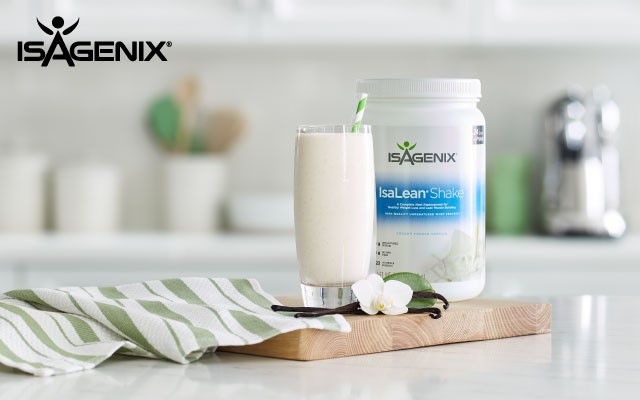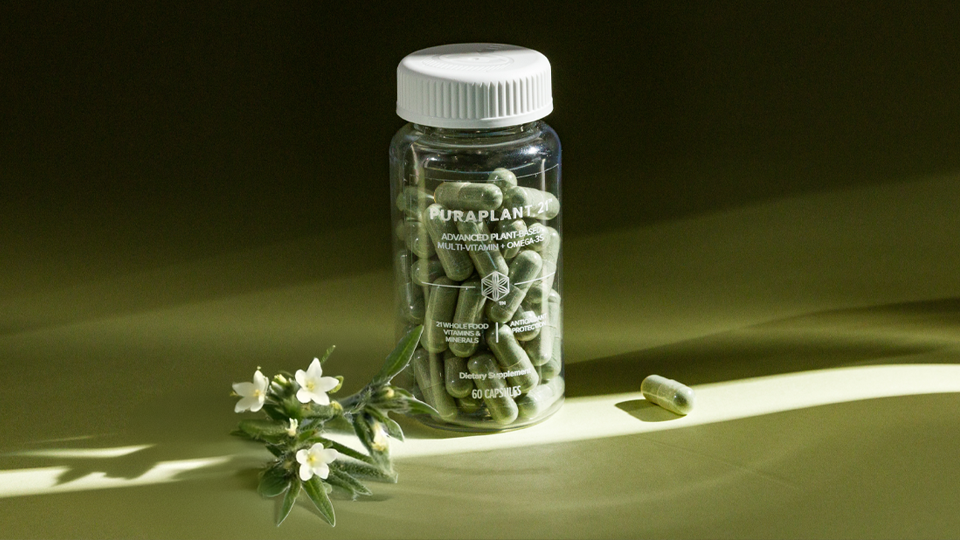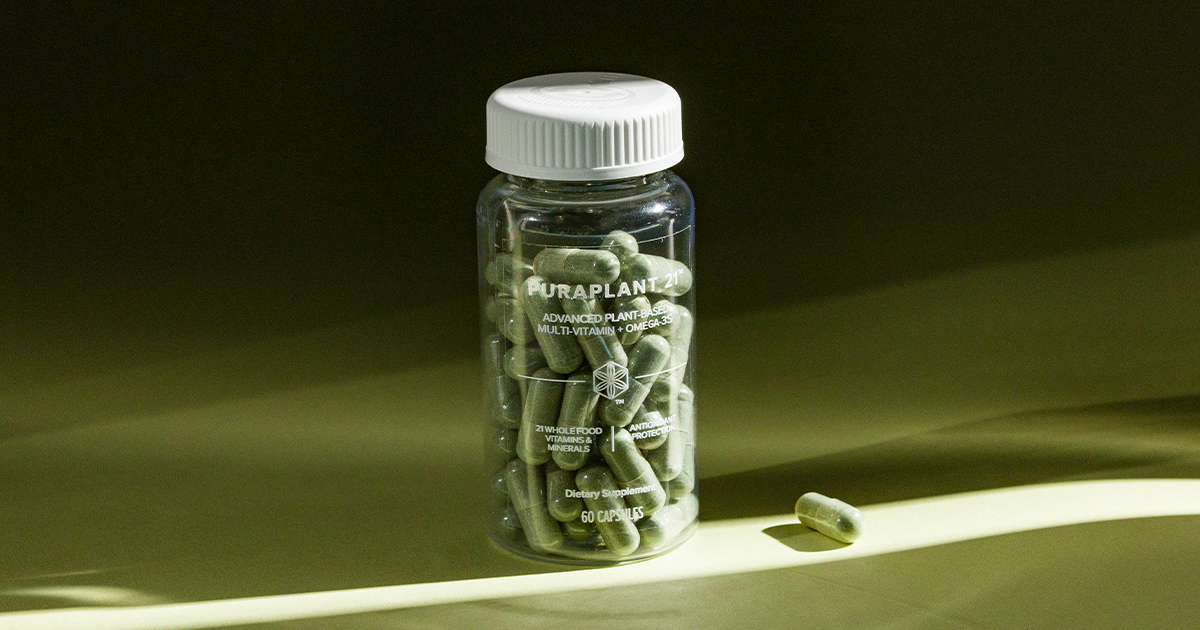Have you ever wondered what it takes to create the natural strawberry, chocolate, vanilla, and cookies and cream flavors in IsaLean® Shake? The chemistry of these flavors is a complex, rewarding combination of taste and smell that’s also influenced by color and texture.
All foods at their most basic are defined as compositions of edible chemicals. For example, a fresh orange is composed of thousands of chemical ingredients including ascorbic acid, limonene, citric acid, and fructose. In the foods that we eat, what we generally characterize as flavor is made up mainly of aromatic volatile compounds.
These compounds are said to be volatile because they readily vaporize. Upon reaching the nasal cavity, they act on olfactory cells, causing the sensations perceived in the brain. The brain then characterizes these compounds and associates along them with taste, color, and texture for food familiarity.
These volatile aromatic compounds may number in the hundreds even in the simplest of foods. For example, the flavor of a strawberry can have as many as 80 or more compounds depending on the variety and season, while the flavor of brewed coffee depending on variety is estimated to be made up of 800 or more compounds that give it special characteristic notes (1,2).
Natural Flavors as Ingredients
Based on its legal definition, natural flavors used as an ingredient in a food must consist of only aromatic compounds that are found in nature (3). On the other hand, those flavors that are categorized as artificial are man-made compounds that do not exist in nature.
In either case, these flavor compounds are generally non-nutritive, meaning that they wouldn’t contribute any nutrient, such as sodium, or any significant calories that would come from carbohydrate, protein, or fat. They also wouldn’t include sweeteners or flavor enhancers, which can also be natural or artificial, and any of these are to be listed separately if used.
Natural flavors can be derived directly from a food stuff in the form of a spice, plant extract, essence, essential oil, or a distillate. They can also be a product of a food stuff such as from after being subjected to use of enzymes, fermentation, roasting, or heating.
There more than 1200 different natural flavor aromatic compounds that can be used in various combinations in food (1). Most of these natural flavors are identified by their chemical names. Examples include benzaldehyde for wild cherry or almond, ethyl butyrate for pineapple, methyl anthranilate for grape, and methyl salicylate for wintergreen (1).
The number and complexity of these compounds to produce a signature flavor is why they are all individually combined under the term natural flavors on a label of a packaged food. The term helps to inform customers of the function of these ingredients – reducing confusion that may occur from an actual listing of their chemical names or underlying sources.
Natural Colors as Ingredients
Color influences flavor – we associate strawberry flavor with red, orange flavor with orange, and grape flavor with purple. Most flavors are colorless so added colors are often required for consumer appeal and sensory value in packaged foods.
When using colors in foods, any use of artificial color or artificial food dye must be clearly labeled as required per labeling guidelines (3). The use of natural colors, however, are not labeled as such as the term might be interpreted to mean that the color is naturally occurring in the food itself.
However, unlike the complexity that exists with natural flavors, natural colors are generally present as one or only a few ingredients so these are listed out individually. Among these might be saffron or turmeric for yellow, tomato concentrate or lycopene for red, caramel made up of heated sugar for brown, or purple carrot extract for purple.
Flavors and Colors Isagenix Products
In its no-compromise policy, Isagenix commits to developing nutritional products that don’t contain any artificial ingredients. That includes no use of artificial flavors or colors.
Because of this framework for product development, the company partners with specialized experts and suppliers that have invested in technologies for flavoring and coloring of natural products. During the development of Isagenix products, including seasonal or limited edition flavors of IsaLean Shake, it may also mean seeking out creative solutions for coloring and flavoring naturally.
References
- Potter NN and HotchKiss JH. Food Science, 5th ed. 1998. Springer: New York.
- Schwieteman ML, Colquhoun TA, Jaworski EA, et al. Strawberry flavor: Diverse chemical compositions, a seasonal influence, and effects on sensory Perception. PLoS One. 2014; 9(2): e88446. Available at: https://www.ncbi.nlm.nih.gov/pmc/articles/PMC3921181/
- FDA Code of Federal Regulations Title 21: https://tinyurl.com/y7tab8ug





